WCA is the latest member association to be showcased in GBA’s Stewards of the Bay video series. As a part of the broader Guardians of the Bay initiative, this video series highlights the passion and action of our community members in their commitment to preserving the unique habitat of Georgian Bay.
On Wednesday, August 16, a group led by WCA Board Member Richard Wilson set out from Snug Harbour with guides from Georgian Bay Forever (GBF) to do seasonal cutting of the phragmites stands on Franklin Island. GBF has developed a strong and effective program engaged in Georgian Bay shoreline phragmites eradication. Many of the stands they monitored and managed have been successfully eliminated. Coastal stands of phragmites can be combatted by cutting their stems just below the water surface, which effectively drowns the plant. Several years of repeated cutting have been shown as an effective method to eliminate a stand.
The goal of this video project is both to highlight the environmental efforts of cottagers and to develop more of a sense of community among our neighbouring member associations.
Click here to find videos from other GBA member associations – with topics ranging from building loon nest platforms to habitat restoration to shoreline cleanup efforts to many, many more.
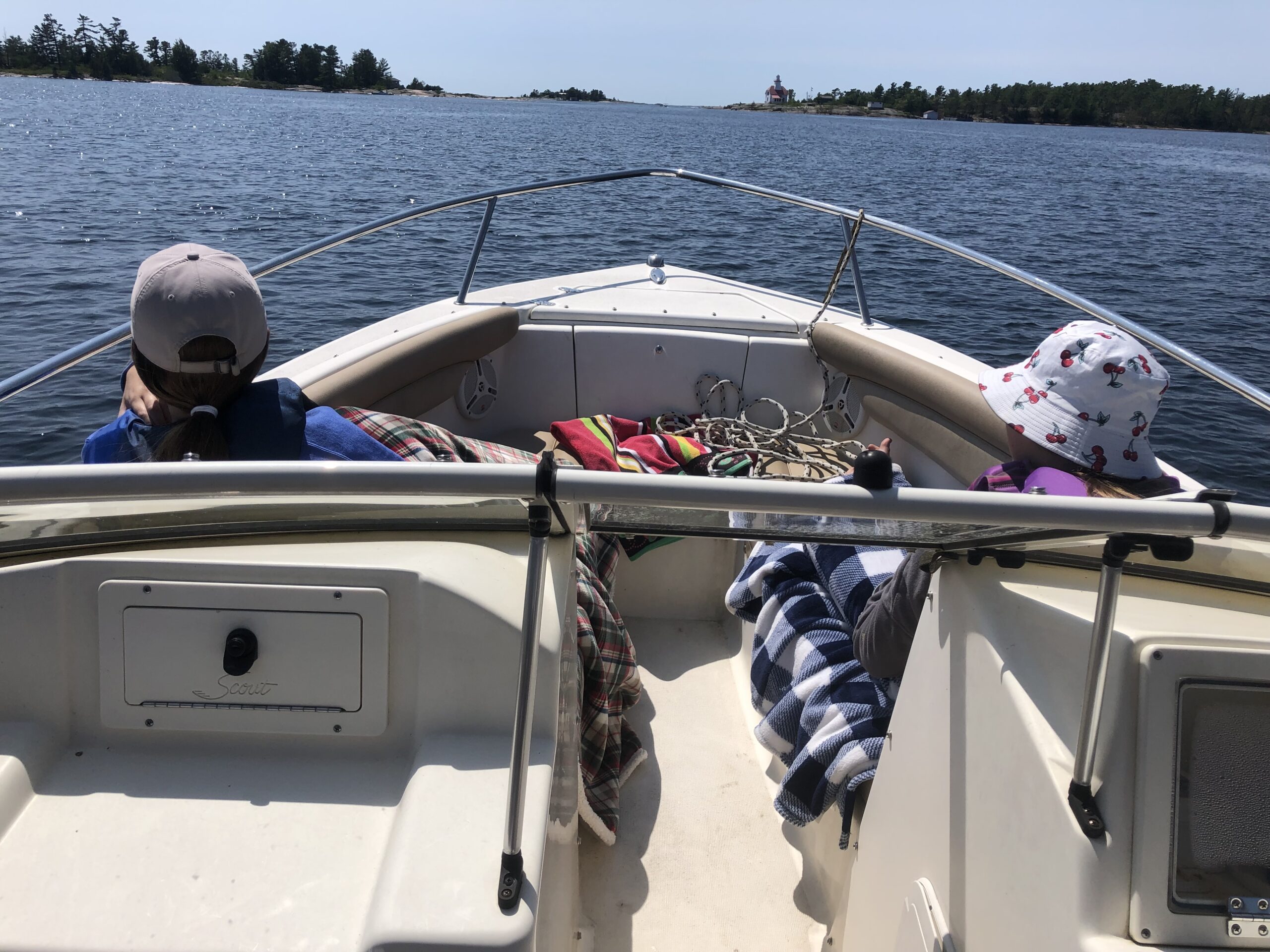
The sun is shining, the water is sparkling, and the open water is calling – but before you fire up the engine and hit the waves, make sure you’re aware of the rules of the waterway! As a boater, it’s essential to know what’s legal and what’s not to avoid getting caught off guard (and fined!). Cottage Life recently consulted with the OPP to get the lowdown on the top things people are fined for when out on the water. Here’s what you should watch out for: No Life Jackets Ensure all passengers have access to a properly fitting, Canadian-approved life jacket while on board Potential fine for non-compliance: $200-$500 (plus 3 demerit points) Speeding Obey speed limits (day and night) and adjust speed according to water conditions Potential fine: $60-$1,000 (plus 3-6 demerit points) Missing Safety Equipment Carry all required safety items like flares, fire extinguishers, and navigation lights Potential fine: $100-$500 (plus 2 demerit points) Not sure what should be aboard? Watch this short video: Boating with Open Containers or Under the Influence Liquor or cannabis must be sealed, stowed, and out of sight Never operate a boat while impaired by alcohol or drugs Potential fine: $600-$1,000 (plus 6 demerit points) and/or 30 days in jail (first offence) No PCOC or Improper Registration Ensure your boat is registered and display the registration number correctly Always carry your valid Pleasure Craft Operator’s Card (PCOC) with you in the boat Fine: $100-$500 (plus 2 demerit points) Note: Fines can increase if you’re involved in an accident or cause harm to others while breaking these rules. Always prioritize safety and follow the rules to avoid fines and ensure a fun, stress-free boating experience! Read more about the things you can be fined for here. Want to make sure you are prepared for your next boat ride? GBA has some great boating resources here.
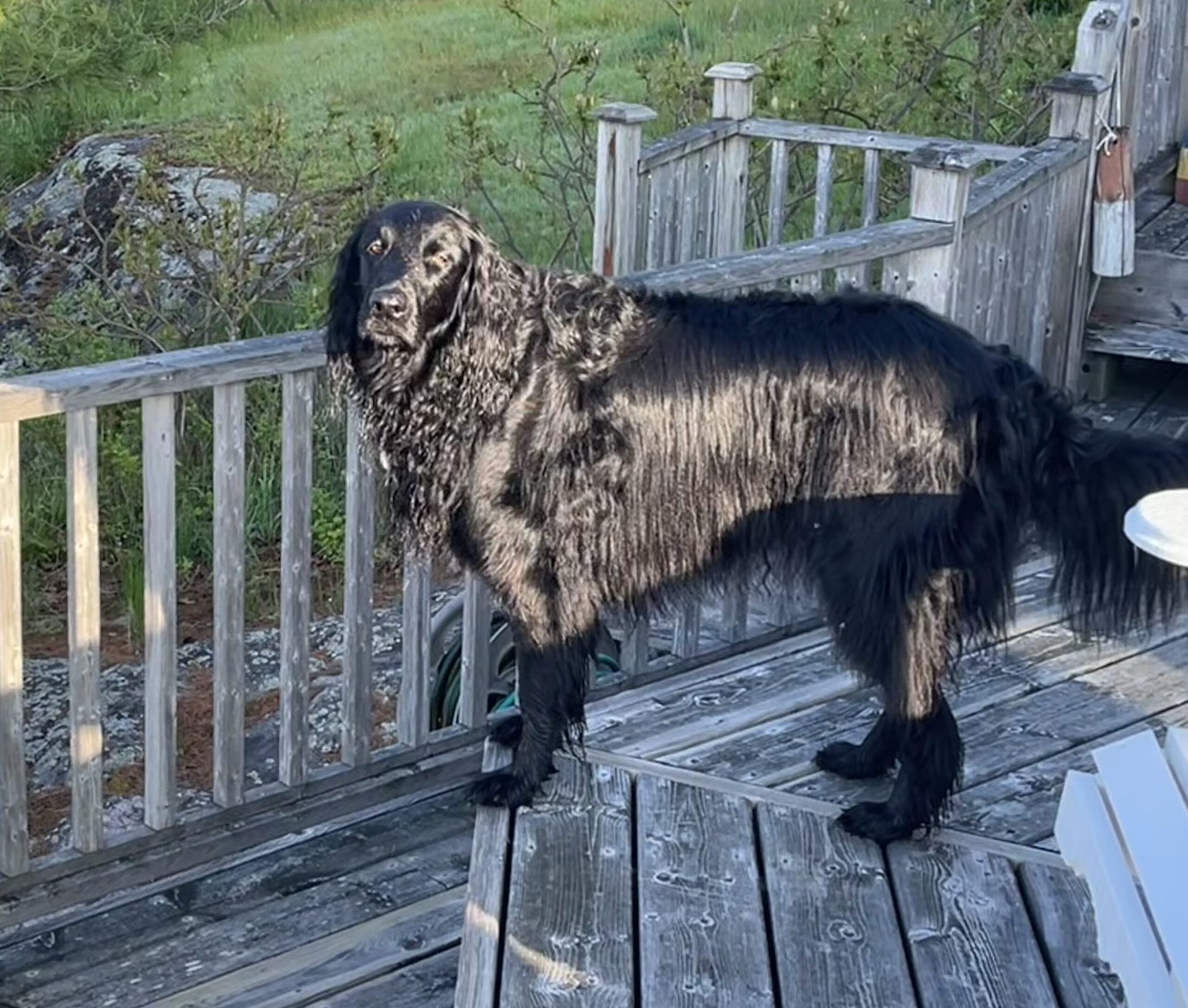
The US Department of Agriculture (USDA) has eased its requirements for dogs entering the country from Canada following criticism from Canadian authorities, veterinarians and pet owners. Canadian authorities, pet owners, and veterinarians asserted that the previous requirements were too restrictive and would cause unnecessary delays at border crossings. New Requirements: Health certificates are no longer required for personal travel with dogs Rabies vaccination proof is still necessary but can be in the form of a record from a licensed veterinarian (no specific timeframe mentioned) These eased requirements should facilitate smoother travel for dogs and their owners between Canada and the US. Read more here.

Join us at the Carling Community Centre for family movie nights. Admission is by donation, and snacks will be available for purchase. The proceeds from this event will go towards the playground located at the Mike Konoval Community Hub. Child-friendly movies will be shown on the dates below, starting at 7:30 p.m. Thursday, July 18th - Migration Thursday, August 15th - Elemental This event is in partnership with Gilly's Snug Harbour Restaurant and the Parry Sound Public Library. View Movie Night Poster Here
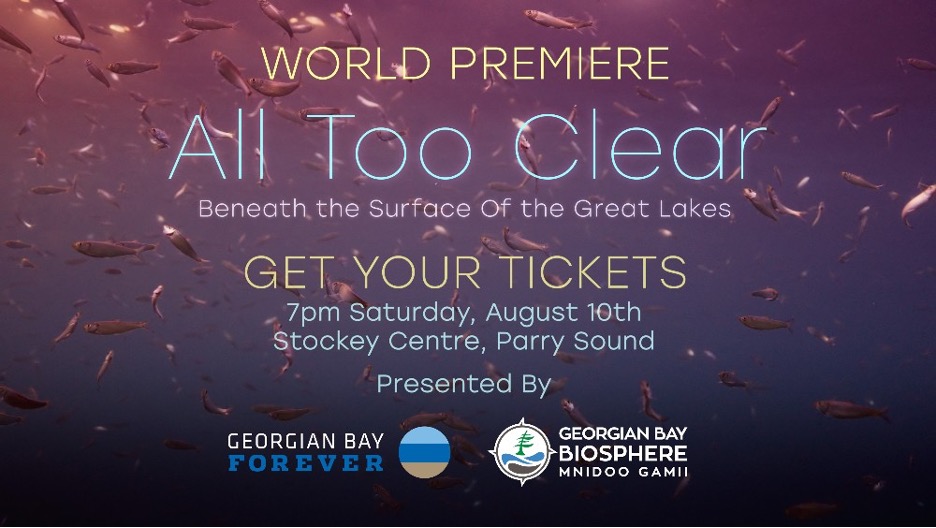
Georgian Bay Forever and Georgian Bay Mnidoo Gamii Biosphere are pleased to present the premiere of the documentary film All Too Clear: Beneath the Surface of the Great Lakes on Saturday, August 10, 2024, at the Stockey Centre for the Performing Arts in Parry Sound. This immersive feature-length documentary uses the world's most advanced underwater drone to explore the effects of quagga mussels on the Great Lakes. Directed by the husband-and-wife filmmaking team Zach Melnick and Yvonne Drebert, the immersive film uses cutting-edge underwater drones to explore how invasive quagga mussels are re-engineering the Great Lakes ecosystem at a scale not seen since the glaciers. The film will be followed by a Q&A period during which guests will have the opportunity to ask questions of the filmmakers, several of the scientists featured in the film, David Sweetnam, Executive Director of Georgian Bay Forever, and Katrina Krievins, Aquatic Conservation Programs Manager of the Georgian Bay Biosphere and editor of the 2023 State of the Bay ecosystem health magazine. Get more information and purchase tickets here.
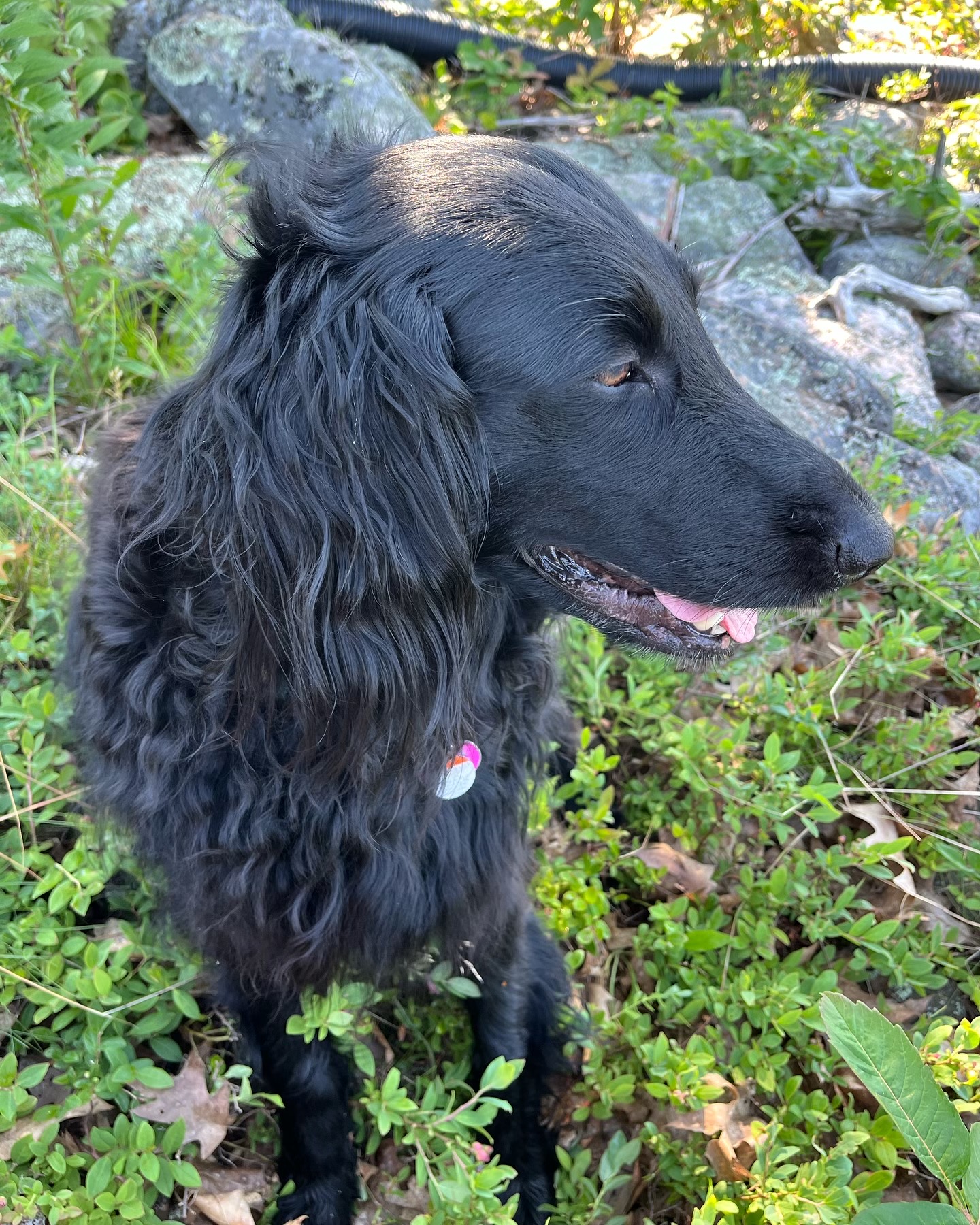
As of August 1, 2024, new rules from the US Centers for Disease Control and Prevention (CDC) could make it more cumbersome to travel across the border with a dog. The CDC has updated its dog and cat importation regulations to prevent the reintroduction of dog rabies to the United States. Starting on August 1, 2024, all dogs entering the United States must: Appear healthy upon arrival; Be at least six months of age; Be microchipped; and Be accompanied by a CDC Dog Import Form online submission receipt. Although Canada is on the list of countries that the CDC considers to be “low risk” for rabies, these rules apply to all dogs, including dogs that left the United States and are returning. They also apply whether you are a U.S. citizen, legal U.S. resident, or foreign national. Canadian Health Minister Mark Holland recently announced that the U.S. will introduce a specific form for Canada that will allow a dog to enter and re-enter the U.S. for as long as their rabies vaccination is valid. He also indicated that Canada’s request for a grace period of a couple of months may be approved, but that has yet to be confirmed. The complicated new regulations can be found on the CDC website. There’s also an online tool called DogBot, meant to help travellers determine what rules apply to their dogs. Read more here.

Click here to read it online

PaB's Own Mifflin Brothers Present Two Documentaries and Answer Your Questions Sunday, July 14, at 10 am Ojibway Club, Pointe au Baril The Water Brothers is an eco-adventure documentary series that explores the world, uncovering and investigating the problems that tend to search for solutions, with educated conservationists, scientists, and citizens, all to better protect our most precious resource. PAVING OVER PARADISE This is a documentary about the importance and loss of wetlands in southern Ontario. About three-quarters of the wetlands that once existed in southern Ontario are now gone. This documentary explores how we can restore these vital habitats, which are also some of our best natural defences against the effects of climate change. THE GREAT PLASTIC LAKES Over 10 million kilograms of plastic enter the Great Lakes each year. As the largest freshwater ecosystem on Earth fills up with plastic, it builds up in the bodies of wildlife and the 40 million people who rely on the Lakes for drinking water. The Water Brothers are searching for promising solutions to the massive global challenge of plastic pollution.
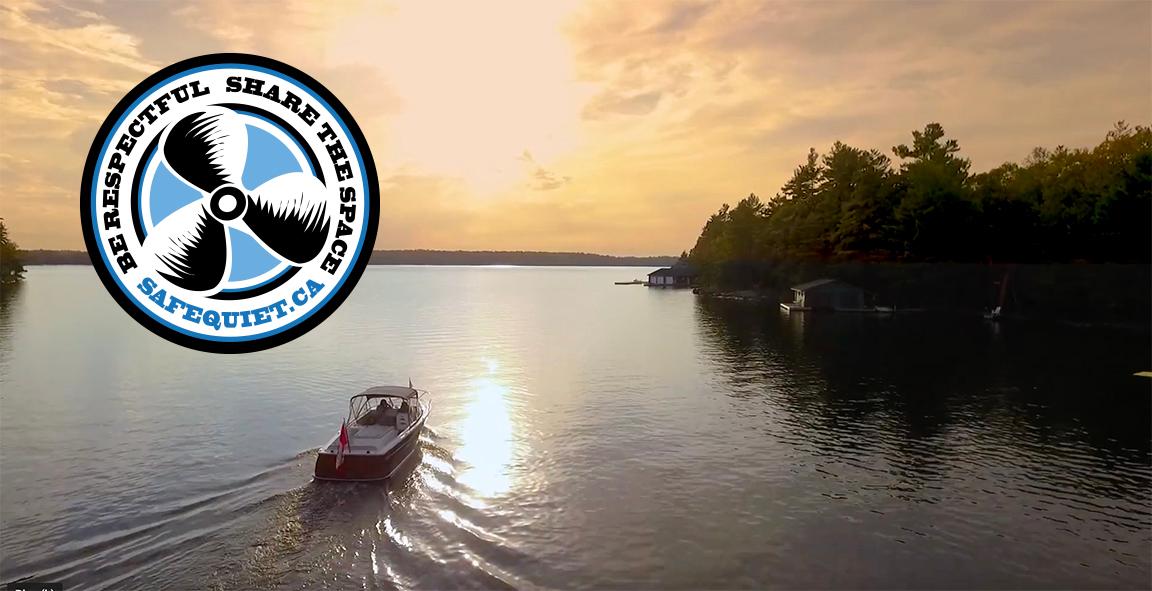
Dr. Chris Houser, Dean of the faculty of Science and Professor of Earth and Environmental Sciences at the University of Waterloo, has been conducting research on the impact of boat wakes for the past two years. His work has just been published, and we are excited to have him share this new research at an exclusive Safe Quiet Lakes Webinar. NEW WAKE RESEARCH Webinar Tuesday, July 16 at 12 noon CLICK HERE TO REGISTER

Article published in the Parry Sound North Star, July 6, 2024 ‘A terrific concept’: Parry Sound-Muskoka municipalities partner up with Georgian Bay Land Trust to protect over 32,900 acres of wetlands across the region GBLT has already secured the southern part of the corridor through an agreement with the Township of Georgian Bay, and is securing lands up north through agreements with the Township of Archipelago. The Township of Archipelago has teamed up with the Georgian Bay Land (GBLT) Trust for the Corridor Project — an initiative already protecting over 32,900 acres of wilderness and counting. Although the proposal had been before council since May, it was not until the last meeting on June 21 that council members decided to support GBLT in its project to create a corridor to protect wetlands along Georgian Bay — from Port Severn to beyond the French River. Here is what you need to know The Georgian Bay Land Trust is a not-for-profit, volunteer-driven organization founded in 1991 with the intention of preserving ecosystems in Georgian Bay. GBLT currently has 79 protected areas, including nine provincially significant wetlands, habitats for 43 species at risk, over 3,000 acres of aquatic habitats, and over 3,000 acres of unfragmented forests, some of which are old growth. The proposed GBLT Corridor Project is a 150-kilometre strip of land stretching along Georgian Bay and divided into three migratory corridors — south, middle, and north. The whole corridor connects wetlands from Port Severn to Bayfield Inlet and aims to protect the environment and a wide variety of species at risk. GBLT has already secured the southern part of the corridor through an agreement with the Township of Georgian Bay in June, where they agreed to protect an extensive network of land stretching from Honey Harbour to Twelve Mile Bay, directly conserving 553 acres of municipal land and providing additional protection to 32,900 acres of Crown forests and wetlands. As GBLT is looking to secure lands to the north, it started conversations with the Township of Archipelago in May. At the last council meeting held on June 21, the municipality partnered up with GBLT to establish a migratory corridor throughout the north and south of the township — covering approximately 5,000 acres — through conservation easements. According to GBLT, these easements still permit public and Indigenous land use and access to Crown lands while prohibiting subdivision or widespread commercial use. The agreement doesn’t prevent the exercising of fishing and hunting rights, nor does it prevent telecoms from accessing the land if it’s necessary to install fiber-optic cable or hydro extensions. Council also directed staff to work with the not-for-profit to develop a plan for the competition of the Corridor Project. “This is a terrific concept that doesn’t impede various individuals, organizations, or corporations from accessing Crown land. Yet, at the same time, it provides us with some protection against attempts to develop lots outside our settlement areas or other areas of our township.” — Coun. Earl Manners.